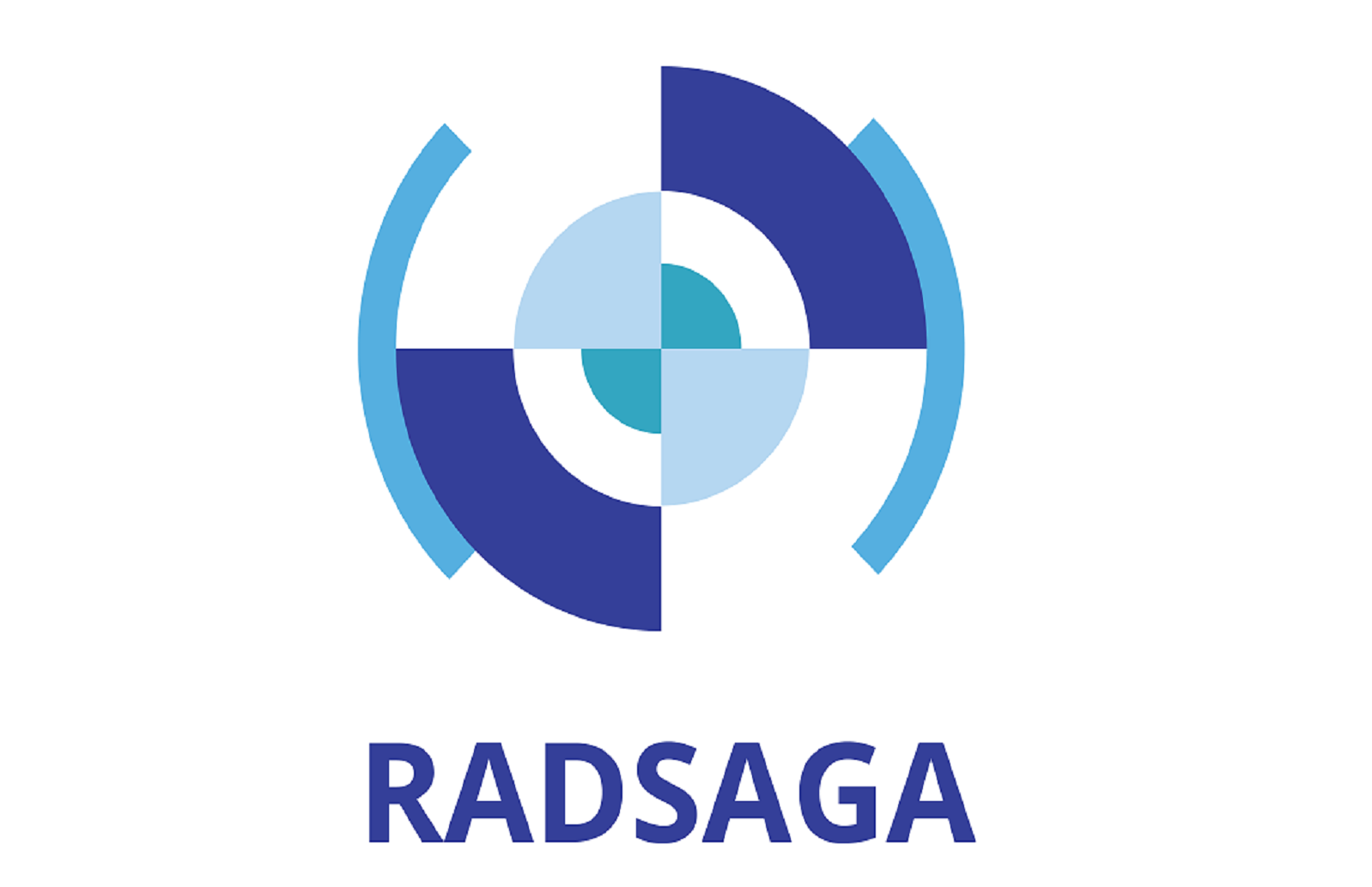Short abstract:
This project will focus on the emerging radiation effects which are expected to have a significant impact on the failure rate for microelectronic components used in space and ground applications. As technology scaling continues for advanced microelectronic components, these become increasingly sensitive to a wider range of particles and energies. Therefore, this study aims to develop simulation, monitoring and test approaches in order to comply with the new challenges related to the increased sensitivity of state-of-the-art microelectronic components (i.e. nanometre transistors, wide-bandgap semiconductor materials) affecting a rapidly expanding technological and industrial domain. The goal is to explain the mechanisms behind these novel effects and thereby also provide an input to the power device study in ESR7 and the prediction tools in ESR9 and ESR10. The project will make use of the progress in low energy proton dosimetry and testing achieved in ESR1 and the detector development in ESR5.
Long abstract:
The rapidly developing semiconductor and microelectronic industry coupled with the increase in the component and system performance and reliability requirements demand further research in the radiation environment and effects domain. State-of-the-art devices with gate lengths in the order of a few tens of nanometer and reduced charge swing on device nodes can be sensitive to weakly ionizing particles such as protons, muons and electrons, which so far were not capable of inducing Single Event Effects (SEEs). Consequently, the current environment description, test approach and SEE rate calculation methods are no longer relevant to novel applications.
Therefore, this PhD project aims at adapting the description and monitoring of the radiation fields of interest to the new requirements (such as high particle energies or thermal neutrons) within the RADSAGA network. With this purpose, simulation and experimental evidence of such novel effects will be collected in order to adapt the existing test and error rate calculation guidelines to the new requirements.
The effects linked to the increased device sensitivity and enhanced reliability requirements are expected to have an impact in a broad range of operational environments including the space, avionic, ground-level and accelerator contexts. Therefore, the PhD student will first of all need to become familiar with the available models and tools used to describe the relevant radiation fields. Moreover, he or she will be responsible of extending the available calculations in the scope of low energy singly charged hadrons at an atmospheric level, as well as different locations in the Large Hadron Collider (LHC) context.
Once the radiation environments are extracted from the available models and/or further developed through calculations, the student will make use of Monte Carlo codes (namely FLUKA, developed in the section at CERN coordinating the RADSAGA proposal) to transport them through structures of practical interest for the network, such as buildings, cars (including secondment in Renault in order to learn about the industrial requirements), airplanes or satellites. The effect of the local elements on the resulting particle energy spectra relevant to radiation damage will be analysed in detail.
Moreover, the student will carry out a further step by transporting the locally modified radiation fields through structures relevant to microelectronic components linked to the predictive tools of P2.4. At this stage, the effect of materials such as boron, high-Z metals or wide-bandgap semiconductors will be carefully considered. Likewise, novel materials in the semiconductor component domain such as hafnium, carbon silicide or gallium nitride will be included in the analysis. Special attention will be paid to effects triggered by particles which were so far not a concern in the SEE domain. For this purpose, the transport of low energy singly charged particles and their energy deposition mechanisms will be subject of study. Likewise, effects triggered by environmental electrons will be considered from a physical and simulation standpoint. For this step of the research project, FLUKA will again serve as the main particle transport and interaction calculation tool; however the complementary use of different codes such as MCNP or PENELOPE is also possible. In addition to the energy deposition process, its collection and effect induction in state-of-the-art components will be addressed through analytical models and relevant software tools such as TCAD.
From an experimental point of view, the energy deposition of the mixed-radiation field in general and more specifically the singly charged particles will be monitored by means of commercial diodes. Likewise, the different dosimetry techniques used to measure low energy proton and muon energy distributions will be scrutinized in the scope of the network (i.e. low energy protons at Uppsala University and Padova University, and muons at ISIS). In addition, state-of-the-art commercial components sensitive to such novel effects and relevant to the industrial and research network members will be identified and selected for testing (linked to P1.5, P2.1 and P2.4). SEE measurements will first of all be carried out in quasi-monoenergetic fields at intermediate and high energies available within the network, such as heavy ions at RADEF (University of Jyväskylä), protons at PSI and neutrons at TSL (University of Uppsala). During a second stage, they will be tested with beams reproducing the novel effects related to singly charged particles such as low energy protons in the University of Padova and RADEF (University of Jyväskylä), muons at ISIS and electrons at CERN.
Once the individual effects have been understood from a physical and calculation standpoint, and characterized in the various quasi-monoenergetic beams, the final experimental step will involve tests in mixed-field environments available in the network such as ChipIR at ISIS and CHARM at CERN.
The knowledge accumulated through the previous calculation and experimental steps will then be used as an input to establish simulation and test approaches meeting the sensitivity challenges and reliability requirements demanded by the network partners. More specifically, results will be used as an input to WP4, providing relevant information about the test guidelines and calculation tools related to the sensitivity to singly-charged particles.
Deliverable & Milestones Lists:
- Description of the operational environments of interest through available models and further MC simulations.
- Integration of analytical and TCAD based charge collection processes into the MC simulation (coupled with laser experiments when possible).
- Quantification of the impact of singly charged particles (protons, muons and electrons) on the failure rate of state-of-the-art components operating in the relevant radiation environments.
- Description of SEE mechanisms in innovative materials.
Beneficiary:
CERN
Supervisor:
Assoc. Prof. Ketil Røed (University of Oslo), Dr. Rubén García (CERN)
Co-supervisor:
Prof. Frédéric Wrobel (Univeristy of Montpellier), Dr. Arto Javanainen (Univeristy of Jyväskylä).
Planned secondments:
[total: 8 months]: ; UM (Dr F. Wrobel, Dr A. Michez): [2m] integrating analytical and TCAD-based charge collection techniques; UiO (Assoc. Prof. K. Roed): [4m] Integration of charge collection models in the Monte Carlo transport code; technique of commercial diodes to be used as an energy deposition monitor; JYU (Dr A. Javanainen) and ISIS-STFC (Dr C. Frost): [2m] Experimental work focusing on the flux and energy distribution monitoring of low-energy protons and muons.
Position has been appointed to Vanessa Wyrwoll. Click here for Profile.




